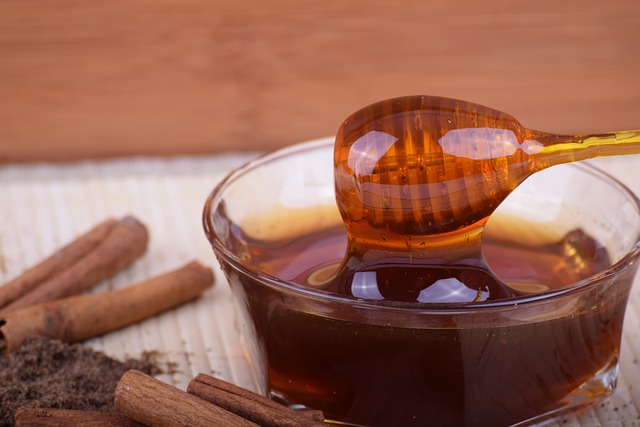As the cold and flu season approaches, many of us are looking for natural ways to support our immune systems. One surprising ally in this quest is a popular store cupboard staple – honey. For centuries, honey has been celebrated for its medicinal properties, and recent research suggests that it may offer a range of nutritional benefits, making it a sweet choice for maintaining overall well-being.
To begin with, let’s explore the nutritional profile of honey
Honey, a product of floral nectar processed by bees, is a versatile ingredient that has found its way into our diets for thousands of years. When used in moderation, it provides a variety of health benefits. According to the U.S. Department of Agriculture, one tablespoon of honey contains 64 calories, 17 grams of carbohydrates, and 17 grams of sugar. While honey is high in calories and sugar, it also boasts trace levels of essential nutrients such as calcium, iron, magnesium, potassium, selenium, vitamin C, and folate. Importantly, honey is free of fat, protein, fiber, and cholesterol.
Now, let’s delve into the unique advantages of honey compared to other sweeteners
Maya Vadiveloo, an associate professor of nutrition at the University of Rhode Island, emphasizes that honey contains a variety of molecules, giving it an edge over traditional sweeteners. Research suggests that honey has more antioxidants, making it a better source of potassium and certain minerals than table sugar. However, Vadiveloo advises against considering honey a health food due to its added sugar content.
Despite being a source of added sugar, honey may offer specific health benefits
Clinical dietitian Elisabetta Politi of the Duke Lifestyle and Weight Management Center notes that honey, with its antioxidants like phenolic acid and flavonoids, can be a slightly better option than plain sugar. Honey’s antioxidant properties may help prevent heart disease, making it a valuable addition to a balanced diet. However, Politi underscores the importance of consuming both honey and sugar in moderation.
Building on these insights, let’s explore a recent study on honey’s impact on cholesterol levels

Diego Garzon, a professional dietitian at UHealth, shares findings from a study indicating that consuming about two tablespoons of honey daily, alongside a healthy diet, may improve cholesterol levels. The study suggests a reduction in LDL cholesterol and triglycerides, coupled with an improvement in HDL cholesterol. Despite these potential benefits, Garzon emphasizes the need to limit honey intake, reinforcing that it is still a form of sugar.
For those seeking the highest antioxidant content, the type of honey matters
The US National Honey Board reveals that darker honey varieties tend to have a higher antioxidant content than lighter ones. Illinois buckwheat honey, in particular, exhibits exceptional antioxidant activity. Garzon recommends opting for raw honey, regardless of its flower source, as it is minimally processed and unfiltered, preserving its pure nutritional content.
In conclusion, honey emerges as a promising ally for maintaining health, especially during the cold and flu season. While it shares similarities with other sugars, its unique nutritional profile and potential health benefits make it a sweet choice when used judiciously. As with any sweetener, moderation is key. So, as you reach for that honey jar, remember to savor its natural goodness while keeping an eye on your overall sugar intake. After all, a spoonful of honey may just be the sweet boost your immune system needs.



